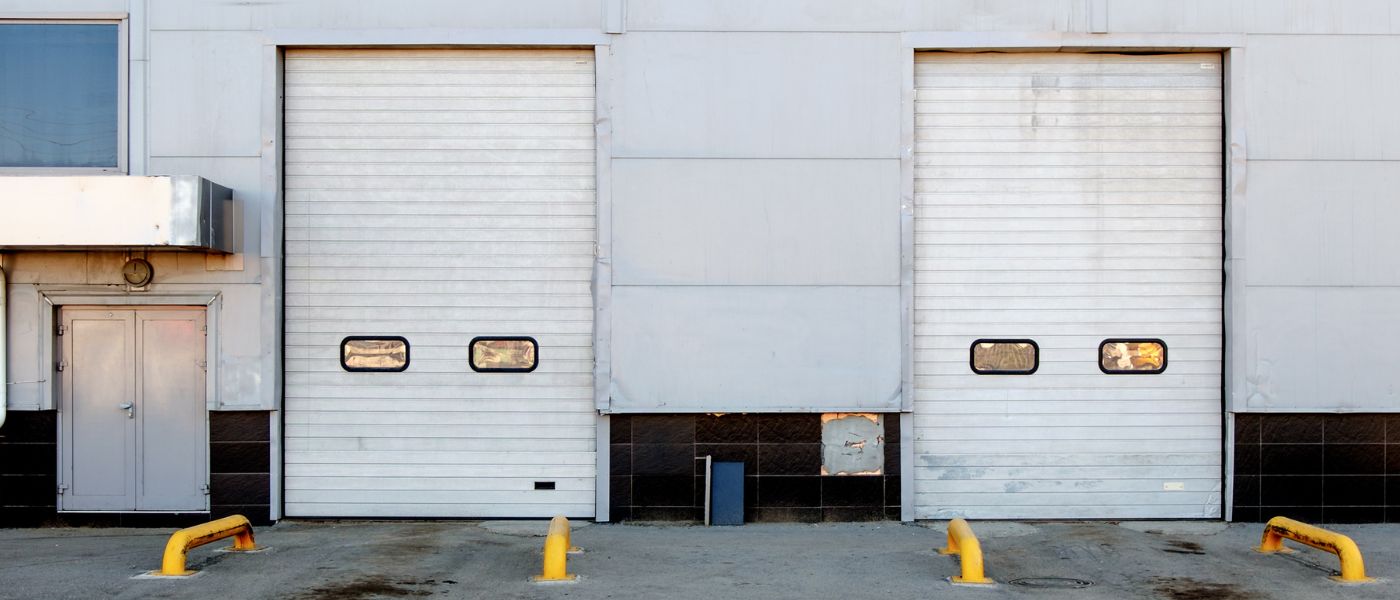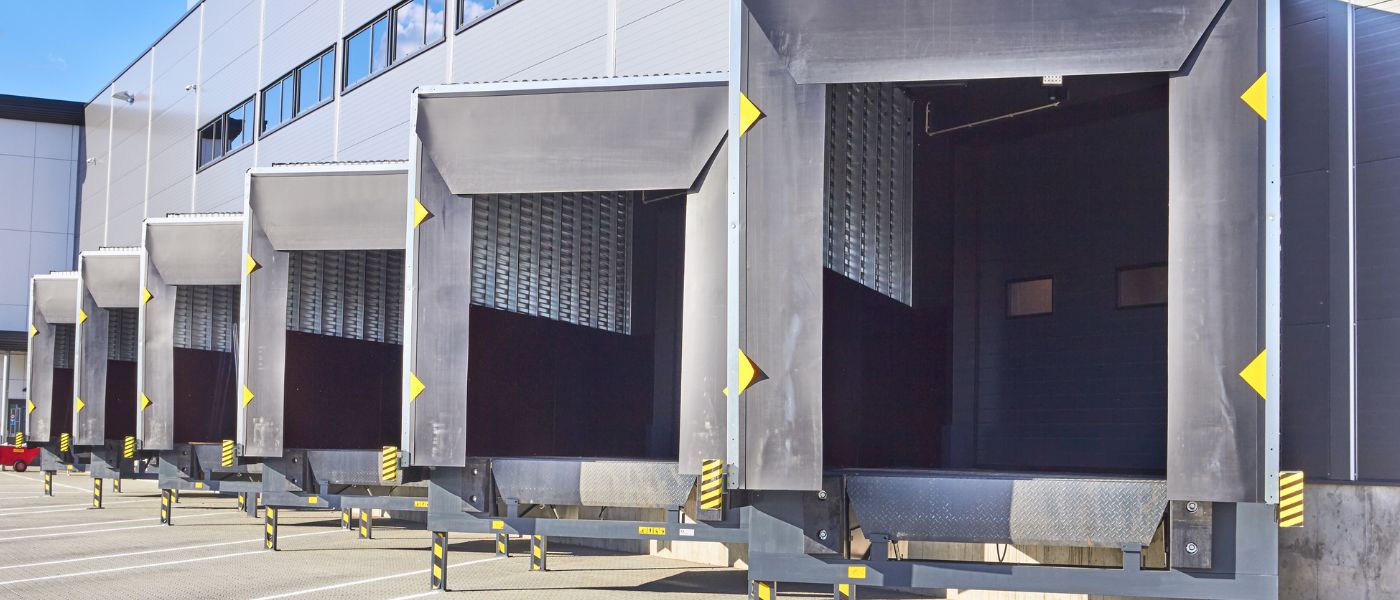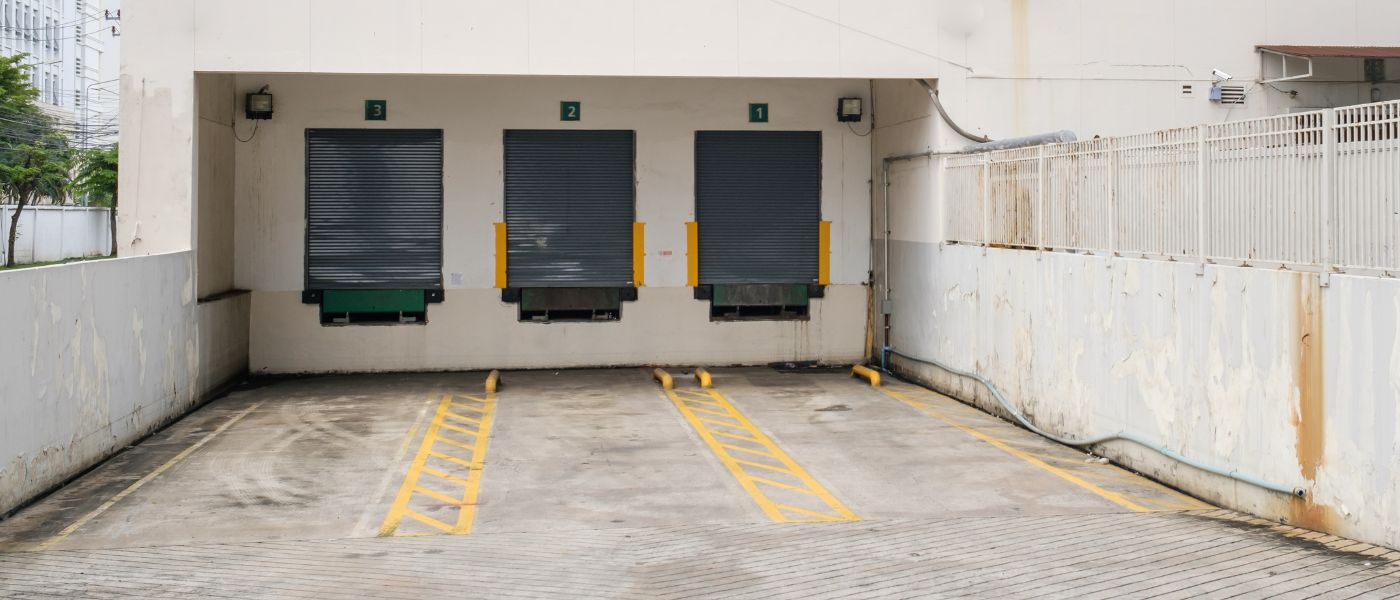Have you ever considered how much time and money your business could save with the right dock shelter? While inflatable shelters may seem appealing at first glance, rigid dock shelters offer unparalleled benefits that make them a superior choice for many companies. In this article, we will examine the key reasons why rigid dock shelters outshine their inflatable counterparts.
What Is A Rigid Dock Shelter?
A rigid dock shelter is a vital component in modern logistics and warehouse operations. Designed to create a seal between the building and the truck, these shelters help maintain temperature control, reduce energy costs, and protect cargo from the elements.
Unlike inflatable or flexible options, rigid dock shelters provide a sturdy, reliable barrier that can withstand harsh weather conditions while ensuring a snug fit for various truck sizes.
One of the standout features of rigid dock shelters is their durability. Built from robust materials, they resist wear and tear, making them an economical choice for busy loading docks.
Additionally, their fixed structure minimizes maintenance needs over time, allowing businesses to focus on efficiency rather than repairs. Investing in a rigid dock shelter not only enhances operational safety but also promotes sustainability by optimizing energy usage.
Offers Robust Construction for Longevity
Rigid dock shelters stand out in the logistics and shipping industry due to their robust design and construction for longevity. Unlike inflatable shelters that can be susceptible to punctures and air leaks, rigid shelters are crafted from durable materials, ensuring they withstand harsh weather and heavy use.

This resilience translates to less downtime and lower maintenance costs over time, making them a smarter investment for businesses looking to optimize their operations.
Rigid dock shelters are made with high-quality materials such as steel, aluminum, or reinforced fiberglass, which provide exceptional strength and stability. Their design typically includes a frame that can support heavy loads and endure the constant movement of trucks and shipping containers.
Additionally, many rigid dock shelters feature customizable configurations, allowing businesses to tailor them to their specific loading dock dimensions and operational needs.
Enhanced Protection Against Accidents
Rigid dock shelters offer superior safety compared to their inflatable counterparts, primarily due to their robust construction. With a solid framework, these shelters provide enhanced protection against accidents during loading and unloading operations.
Unlike inflatable shelters that can easily be affected by wind or debris, rigid designs maintain their shape and integrity, ensuring a secure environment for both workers and cargo.
These dock shelters further enhance safety by accommodating a wider range of vehicle sizes and shapes, reducing the likelihood of misalignment during docking. This adaptability not only streamlines the loading process but also lessens the chance of damage to both the shelter and the vehicles involved.
Easy Upkeep and Repair Processes
Rigid dock shelters outshine their inflatable counterparts in durability and long-term performance. The easy upkeep and repair process of rigid dock shelters makes them a practical choice for busy warehouses.

Unlike inflatable shelters that may require frequent maintenance or replacement parts, rigid structures often need just occasional cleaning and minor adjustments.
This not only saves time but also reduces costs over the lifespan of the shelter. In the fast-paced world of logistics, having a reliable and low-maintenance option like rigid dock shelters can significantly enhance operational efficiency.
Rigid dock shelters are also easier to repair because they are constructed from durable materials such as steel or aluminum, which can withstand the wear and tear associated with loading and unloading activities.
In the event of damage, individual panels or sections can be replaced without the need for a complete overhaul, further minimizing downtime.
Better Performance in Harsh Weather Conditions
Rigid dock shelters offer superior durability and stability compared to inflatable shelters, especially in harsh weather conditions. Unlike inflatables, which can be affected by strong winds or heavy rain, rigid structures maintain their shape and integrity, ensuring a secure seal around the loading dock.
This means that cargo remains protected from the elements, reducing the risk of damage and enhancing overall efficiency during loading and unloading processes.
You can make sure your rigid dock shelter can withstand the elements by selecting high-quality materials and ensuring proper installation. Look for shelters constructed from heavy-duty steel or aluminum frames, combined with durable weather-resistant fabrics or panels.
Additionally, consider designs that incorporate reinforced edges and corners to prevent wear and tear over time.
Simplified Cleaning and Maintenance Requirements
Rigid dock shelters stand out for their simplified cleaning and maintenance requirements. Their solid surfaces are easier to wipe down and maintain, preventing dirt and grime buildup.
In contrast, inflatable shelters often require more intensive care to keep them functioning and looking good.
With fewer parts to manage and maintain, businesses can focus on their core operations without the hassle of constant upkeep, allowing for a smoother flow of goods and enhanced productivity.










